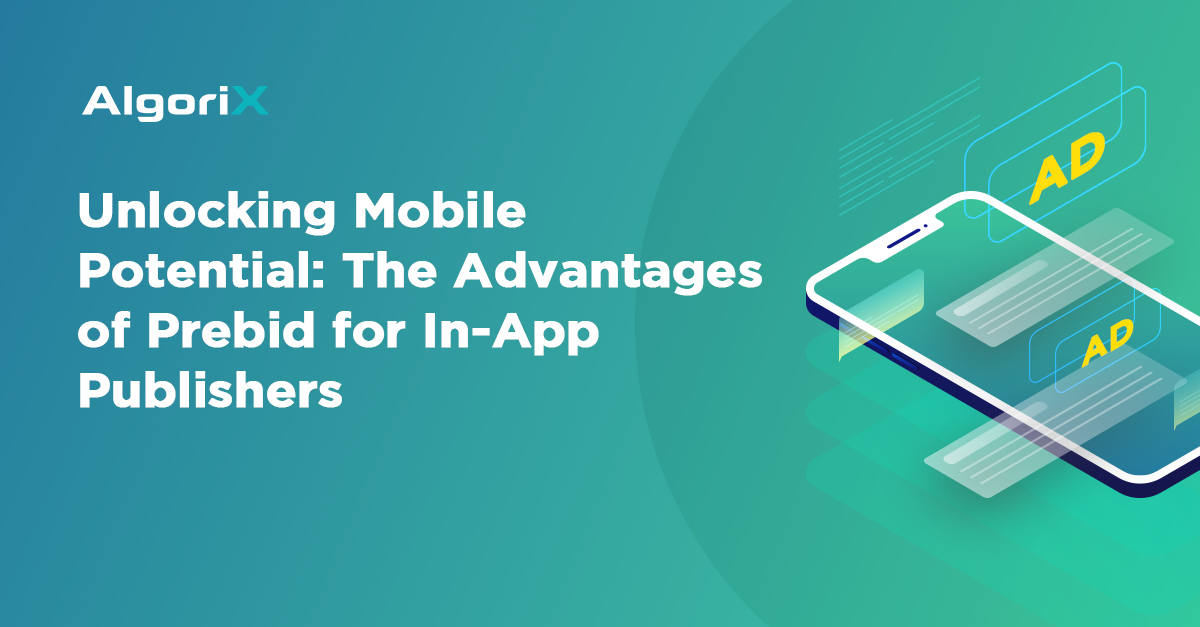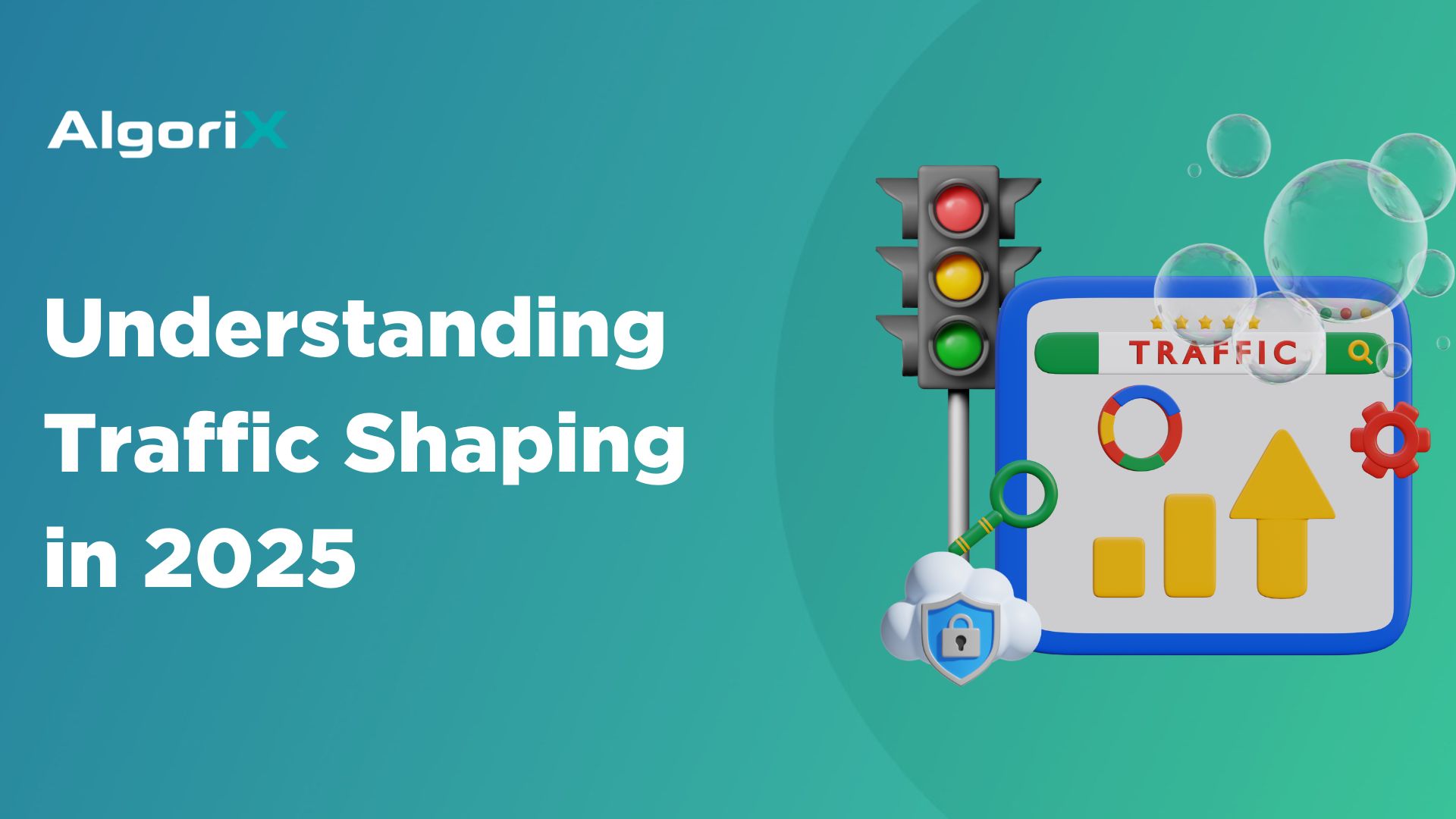The digital advertising landscape is continuously evolving, presenting new challenges and opportunities for in-app publishers aiming to maximize their revenue. One of the more significant advancements in this area is the adoption of In-App Prebid, also known as Prebid Mobile, which aims at enhancing efficiency and profitability over the traditional Waterfall method of ad serving.
Understanding Prebid and the Waterfall Method
Prebid is an open-source framework facilitating header bidding, where multiple ad buyers bid simultaneously, ensuring the highest payer wins the ad slot. This real-time bidding system contrasts sharply with the sequential nature of the Waterfall method, heralding a more dynamic and profitable approach for publishers.
In contrast, the Waterfall method, an older ad-serving technique, sequentially requests ads from advertisers based on perceived value, often leading to inefficiencies and lost revenue opportunities.
Here’s a more detailed comparison of the two methods:
Feature | Prebid | Traditional Waterfall |
Bidding Process | Real-time bidding where multiple demand sources bid simultaneously. | Sequential bidding, where ad sources are called one after another based on priority. |
Bidding Fairness | All monetization platforms have the opportunity to bid at the same time, maximizing competition. | Does not allow all partners to participate fairly in monetization. |
Bidding Speed | Faster as it allows for simultaneous bidding and decision-making. | Slower due to the step-by-step call to each ad source. |
CPM Management Efficiency | Eliminates the need for manual maintenance or adjustments to each platform’s CPM | CPM adjustment and optimization are cumbersome and usually delayed by several hours. |
Data Integrity | Offers more transparent and consistent data, without the need for Passback mechanisms | Data discrepancy issues are commonly present. |
Technological Complexity | More complex to implement but offers advanced features and efficiency. | Simpler to set up but lacks the advanced capabilities of Prebid. |
Flexibility | More flexible, allowing publishers to adjust strategies based on real-time data. | Optimization usually relies on API-imported data, which is usually delayed by hours or day. |
Transparency | Offers detailed reports on all demand partners participating in real-time bidding | Provides limited visibility into the sequential prioritization of demand partners. |
Benefits and Challenges of In-App Prebid for Publishers
What can publishers expect from integrating In-App Prebid into their advertising strategy? Let’s explore below:
Performance and Revenue Optimization
In-App Prebid improves advertising efficiency by creating a competitive auction environment where numerous demand sources bid for ad space at the same time. This process optimizes ad inventory fill rates and maximizes revenue for publishers.
For example, consider a scenario where an in-app ad slot is made available. Instead of offering this slot to a single ad network at a set price, Prebid allows multiple networks to bid in real-time. If Ad Network A offers $2.00 CPM, Ad Network B might counter with $2.50 CPM, and so on, potentially pushing the final bid to an even higher value, such as $3.00 CPM.
This bidding war allows the publisher to secure the highest possible price for their ad space.
Fill Rates: Prebid Versus Waterfall
While Prebid typically enhances fill rates by enabling multiple bidders to participate simultaneously, thus reducing the likelihood of ad slots going unfilled, this isn’t the whole story. The simultaneous bidding in Prebid can indeed increase competition and potential revenue for publishers; however, it also means that if the ad slot is not filled during this one-time, parallel bidding process, the opportunity is missed entirely.
On the other hand, the Waterfall model, though potentially slower due to its sequential bidding process, can sometimes achieve better fill rates in certain scenarios. This is because it allows for the ad slot to be offered to a sequence of networks until one fills it. Each ad network in the sequence gets a chance to fill the inventory if previous ones have passed, potentially reducing the likelihood of an ad slot remaining unfilled.
There has been an industry trend towards Hybrid Waterfall model, blending Prebid’s simultaneous bidding with the sequential approach of Waterfall. This model captures high-value opportunities quickly and fills any remaining slots sequentially, ensuring higher fill rates and minimizing unsold inventory.
Transparency and Control
Prebid’s architecture provides a clear view into the ad auction process, giving publishers unparalleled transparency and control. For instance, during an auction, Prebid allows publishers to see the highest bid and all the other bids that were placed, which advertisers made these bids, and the types of ads they intend to display.
This visibility allows the publisher to make more informed decisions. For example, a gaming app publisher knows their audience prefers gaming-related content. In this case, they might opt to accept a slightly lower bid from the gaming accessories advertiser because it aligns better with their users’ interests. This approach could lead to higher engagement rates and a better user experience.
Moreover, while Prebid’s control mechanisms—such as setting floor prices, blocking specific advertisers or content types, and prioritizing certain ad campaigns—are technically possible in a Waterfall setup, Prebid facilitates these controls more efficiently. This is because Prebid can utilize fields in the OpenRTB standard to pass this information directly, whereas in a Waterfall setup, such information often has to be communicated to networks through bespoke methods, such as SDKs. This direct use of OpenRTB in Prebid simplifies the implementation and enhances the effectiveness of these control mechanisms. For instance, if a gaming app publisher wants to ensure no food-related ads are shown during a new game launch campaign, they can easily configure Prebid to exclude these ads, regardless of the bid price.
Embrace In-App Prebid
Adopting In-App Prebid empowers publishers to leverage the full potential of their digital assets. It is an indispensable tool for publishers aiming to increase visibility in the competitive digital landscape.
AlgoriX, a leading figure in the ad tech space and a long-time partner of Prebid.org, actively contributes to the Prebid Mobile Committee. Our participation in the upcoming Prebid Ascent London 2024 event underlines our commitment to advancing Prebid technology for in-app publishers. Additionally, our partnership with Prebid.org aims at accelerating the adoption of Prebid across the industry. By standing at the forefront of this innovation, AlgoriX is paving the way for a more lucrative and transparent mobile advertising ecosystem.













